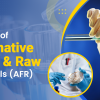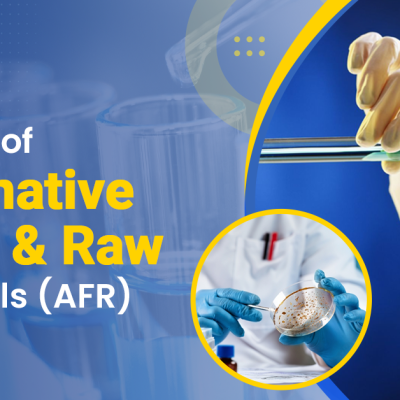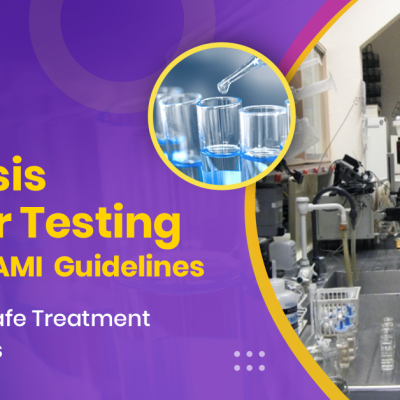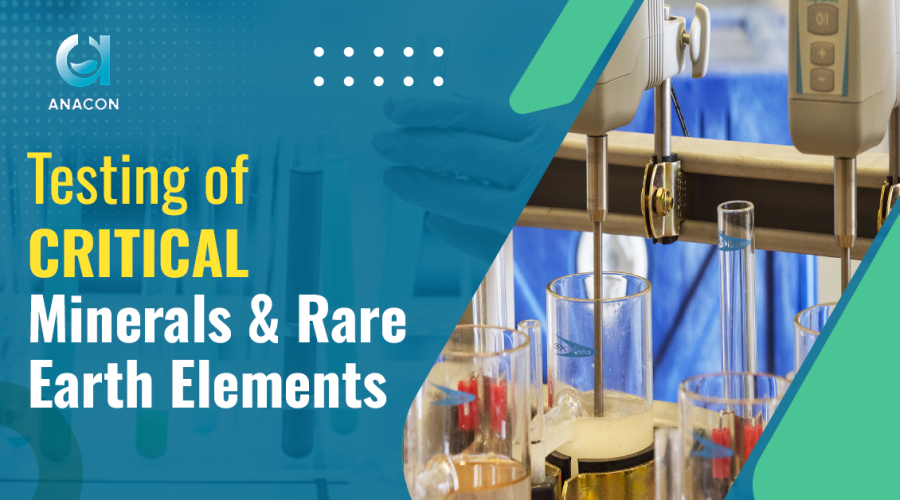
Testing of critical minerals and rare Earth elements
Did you know your smartphone in your pocket, the electric car on the road, and even the components of your solar panels have it all built based on just a very few minerals and elements? The world is racing towards a green energy revolution, and with it comes a hefty demand for critical minerals like lithium, cobalt, and a host of Rare Earth Elements (REEs). With this increasing demand, mineral testing plays a crucial role in ensuring the availability and quality of these resources. But how is India, after all, a country with ambitious clean energy goals, assuring the provision of these resources on time? Let’s delve deeper in this post into India’s remarkable efforts at mineral testing labs, exploration, and utilization of critical minerals and REEs, informed by advanced factual insights. By the end, you will understand, in depth, India’s strategies, challenges, and future prospects in this vital sector.
A soaring demand for critical minerals and REEs
Critical minerals and rare earth materials are critical to clean energy technologies, electric vehicles (EVs), semiconductors, and defense systems. For example, lithium-ion batteries that power EVs rely on lithium, cobalt, and nickel, and neodymium REE is a crucial component for wind turbines and high-performance magnets.
India is in a high demand for these minerals. The International Energy Agency (IEA) has forecasted that the global demand for lithium and cobalt may rise 30 times by 2040, and India is not an exception. With the government aiming at 30% EV penetration by 2030 and 500 GW of renewable energy capacity, securing these resources has become a national priority.
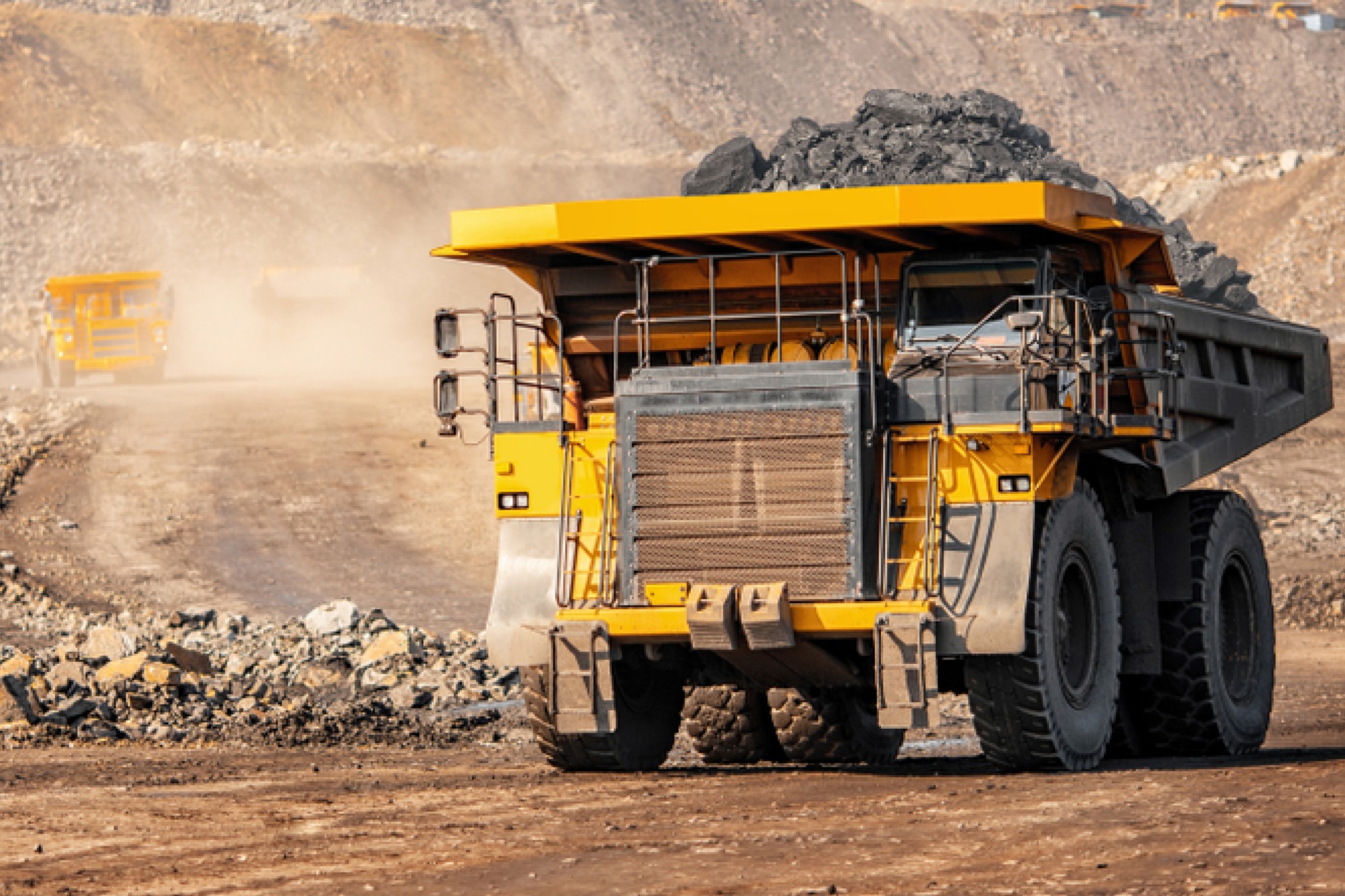
India’s Strategic Initiatives
Over this challenge, the government of India has started a National Critical Minerals Mission (NCMM) since 2025 with a seven-year budgetary allocation of ₹34,300 crore. Exploration, mining, processing, and recycling of critical minerals would minimize import dependency, and it is also meant for increasing self-reliance.
One of the major achievements of the mission is the discovery of 5.9 million tonnes of lithium reserve in Jammu and Kashmir, a significant step toward import reduction. India has also established a joint venture called Khanij Bidesh India Ltd, KABIL, focused on acquiring critical mineral assets abroad, particularly in Australia and Argentina.
Advanced Testing and Exploration Techniques
Exploration and testing are at the heart of India’s critical minerals strategy. In the last three years, the Geological Survey of India has undertaken 368 exploration projects, with 227 new projects lined up for 2025-269. Exploration is being carried out using state-of-the-art technologies like remote sensing, geophysical surveys, and AI-driven analysis in data, which would allow for better identification and evaluation of mineral deposits.
For example, India is using high-resolution satellite imagery and machine learning algorithms to map rare earth deposits in ecologically sensitive areas like Ladakh. Such technologies not only improve the efficiency of exploration but also reduce the impact on the environment.
Advanced Analytical Techniques in Mineral Testing
To ensure the quality and composition of these critical minerals, advanced analytical techniques are employed:
Energy Dispersive X-Ray Fluorescence (ED-XRF):
This non-destructive technique is used for the rapid qualitative and quantitative determination of elemental composition in various materials. It’s particularly useful for analyzing solid samples with minimal preparation.
Inductively Coupled Plasma Optical Emission Spectroscopy (ICP-OES):
ICP-OES is ideal for detecting trace elements in liquid samples. It offers a broad analytical range and is well-suited for analyzing metals, non-metals, and rare earth elements.
Inductively Coupled Plasma Mass Spectrometry (ICP-MS):
Known for its high sensitivity and precision, ICP-MS is used for trace-level analysis and isotopic studies. It’s capable of detecting elements at parts-per-trillion levels.
Atomic Absorption Spectroscopy (AAS):
AAS is employed for analyzing metal concentrations in samples. It’s particularly effective for detecting specific metals in both liquid and solid samples.
Each of these techniques plays a crucial role in ensuring the accurate analysis of critical minerals, thereby supporting India’s clean energy initiatives.
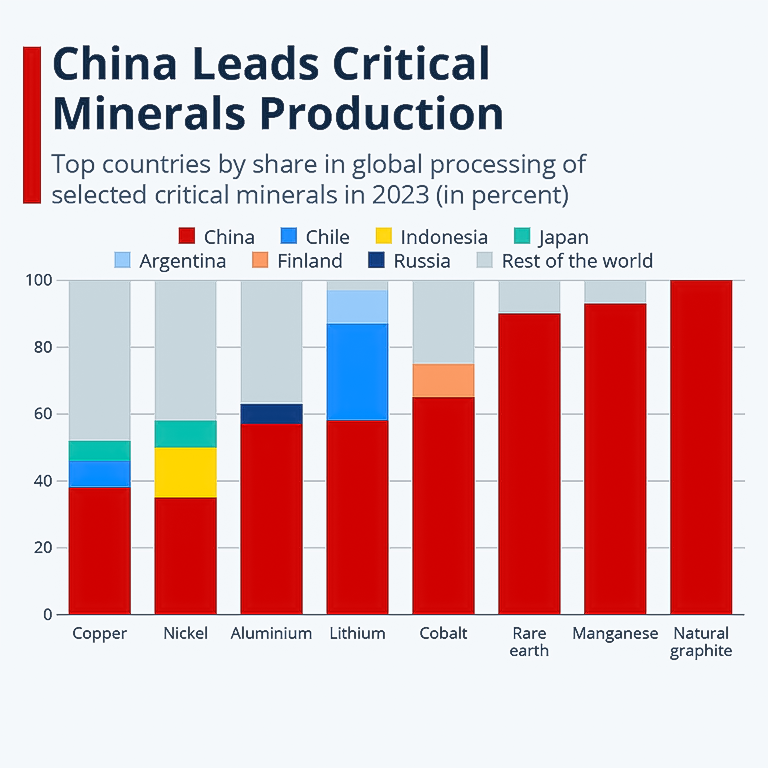
Challenges and Solutions
Despite all these developments, India still faces many challenges. Today, India imports more than 80% of its critical minerals, and this chain is dominated by China. In response to this, India is focusing on domestic processing capabilities. The NCMM provisions for the establishment of mineral processing parks and the Centre of Excellence on Critical Minerals to develop new generation refining and recycling technologies.
The other significant area of focus for India is recycling. India is investing in some of the world’s best recycling facilities because it anticipates that e-waste generation will reach 74 million tons by 2030, thereby rescuing critical minerals from end-of-life products and reducing dependency on imports in order to stay within sustainability goals.

Road Ahead
Securing India’s Energy Future Through the Critical Minerals Mission India has taken a pretty bold step toward its future energy security. The global output of minerals such as lithium and cobalt is projected to grow by nearly 500% by 2050. India is going to play an important role in this change.
The removal of customs duties by the government on critical minerals has further motivated processing and manufacturing within the country based on FY25 budget9. In addition, alliances with Australia, the US, and Argentina are further cementing India’s supply chain resilience.
Conclusion
The journey to self-reliance for India in the case of critical minerals and REEs is a challenge as well as a promise. The country, armed with advanced testing techniques, strategic investments, and international collaborations, is set on its path toward a sustainable and secure energy future. Furthermore, as we discover and innovate, the role of precise testing and analysis cannot be overstated.
Ready to unlock the potential of critical minerals? Contact Anacon Laboratories today for cutting-edge elemental testing solutions that drive innovation and sustainability.

